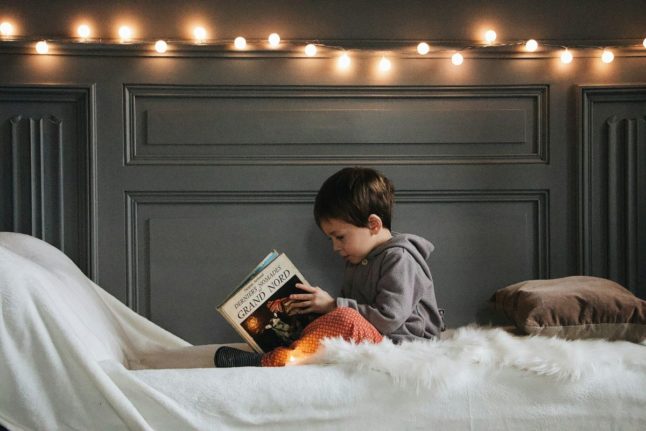Foreign residents in Norway with children spend a lot of time thinking about how to best make their offspring bilingual.
We recently put out a survey asking parents in Norway about their experiences with raising bilingual children, and many parents believed that raising their children to be bilingual or multilingual would help them succeed in life.
“I would like my son to become fluent in Norwegian from a young age so he can learn and flourish here,” Martin, who lives in Vestland, said.
While he is English, his wife is Lithuanian, meaning Martin and his wife hope for their one-year-old child to eventually be able to speak English, Lithuanian, and Norwegian.
He believed that his child would easily learn English and Norwegian and that he would attend a Norwegian language preschool once he was old enough.
However, he admitted that it would be harder for his son to pick up Lithuanian, as it isn’t taught in schools, and he would only have his mother to learn from.
Respondents also encouraged other parents to try their best to raise their children to be bilingual, especially as younger children can be adept at picking up languages.
“A child’s elastic brain can absorb languages, so it is always worth raising them bilingually or multilingually,” Russell, who lives in Oslo, said.
“Speak to your child in your native language, don’t let anyone or anything put you off,” he added when asked for advice.
READ ALSO: How to raise bilingual children: 7 language tips and tricks
Roxanne, who lives in Bergen, recommended prioritising the parents’ mother tongue, as children would absorb Norwegian just by living in the country.
Her daughter, who was 20 months old when they first moved to Bergen several years ago, is now fluent in English and Norwegian after first practising with a bilingual nanny and then attending a Norwegian preschool.
However, Roxanne and her husband also practised German, French, Spanish, and Farsi with their child, with English being the primary language at home.
Roxanne was one of several parents who said that one parent spoke to their child in one language while the other spoke in a different language. She said she was determined to raise a multilingual child to ensure that her daughter would always feel “seen and understood” by her family.
Daren lives in Bærum and moved to Norway with his three children when they were aged 8, 6 and 4. Now his kids are 21, 19 and 17 and fluent in Norwegian and English. He said that it took his children most of their childhood to master the language after moving.
He also said that going to a local school and his children making friends with Norwegian children and using the language conversationally boosted their skills.
“Try to integrate into the local community, sports teams, friendships, etc. Send your kids to local schools and avoid the international schools until VGS (high school),” Daren said.
He added that things are easier if the parents learn Norwegian, but in some cases, this is easier said than done, and he and his wife have yet to master the language.
Stef, who lives in Haugesund, warned that parents learning Norwegian alongside their kids may struggle to keep up with their children.
“Learn Norwegian as fast as you can because children will learn faster,” Stef said.
International schools are a popular option for many families who aren’t sure they will settle down in Norway, or only plan to live in the country temporarily, or who move with older children.
While many parents advised sending their children to a Norwegian school, some also pointed out kids could pick up the local language while attending an international school.
Ulrike, who lives in Oslo, said it was important that clubs and activities are in the local language.
“If they go to an international school, make sure they have extracurricular activities in Norwegian,” she said.
Her child attends the German School of Oslo, where German and Norwegian are spoken languages.
Gail, who lives in Australia but has taught at Oslo International School, recommended using a tutor and finding ways to make the Norwegian language fun.
“Use a tutor and ask the school your child attends what they suggest for integration and learning. Sports activities and social occasions help. Singing songs in Norwegian is a fun way to learn,” she said.
Paige, who lives in Sandefjord, suggested Norwegian television and language cafes to boost children’s Norwegian skills.
“If they go to an international school and they or you want them to develop their Norwegian language skills, find some programs on (Norway’s public broadcaster) NRK and watch them together, go to language cafes, go to local events, and take it one step at a time,” she said.



 Please whitelist us to continue reading.
Please whitelist us to continue reading.
Member comments